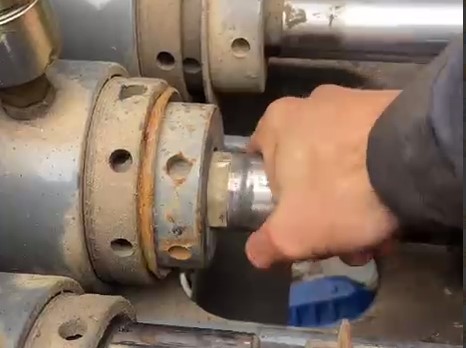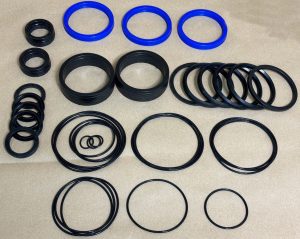
Why Replacement is Necessary
The cylinder seal kit in a mud pump plays a crucial role in maintaining tightness and preventing leakage between the plunger, liner, and cylinder housing. Over time, seals are subjected to extreme pressure, abrasive drilling fluid, and constant movement. When the seals lose elasticity or become worn, the pump begins to operate with reduced efficiency, and mechanical stresses are transferred to the metal components.
How Wear Manifests
One of the most noticeable symptoms of seal wear is a knocking or tapping sound during pump operation. This occurs because the plunger starts to move loosely inside the liner, no longer cushioned by intact seals. In addition, operators may observe:
• Increased leakage of drilling fluid.
• Unstable working pressure.
• Accelerated wear of the liner and plunger.
The Replacement Process
Replacing a cylinder seal kit involves a planned shutdown of the pump. The cylinder is disassembled, and all seals are removed and inspected. Even if only some elements appear worn, it is recommended to replace the entire kit to restore the original tightness and balance. The new kit is installed with careful attention to correct seating and lubrication.
Conclusion
Ignoring the knocking noise caused by worn seals can lead to costly damage to liners, plungers, and the cylinder block itself. Timely replacement of the seal kit restores pump efficiency, reduces vibration and noise, and extends the overall service life of the equipment.

